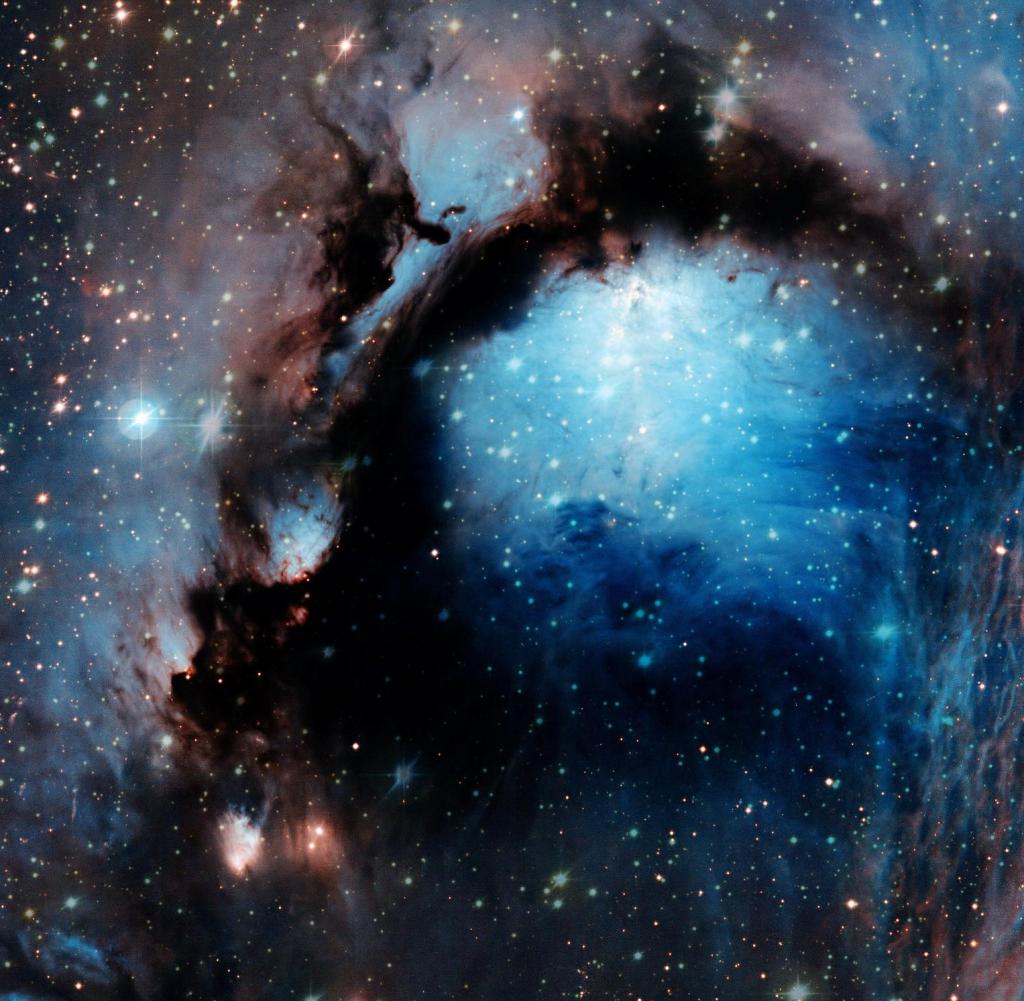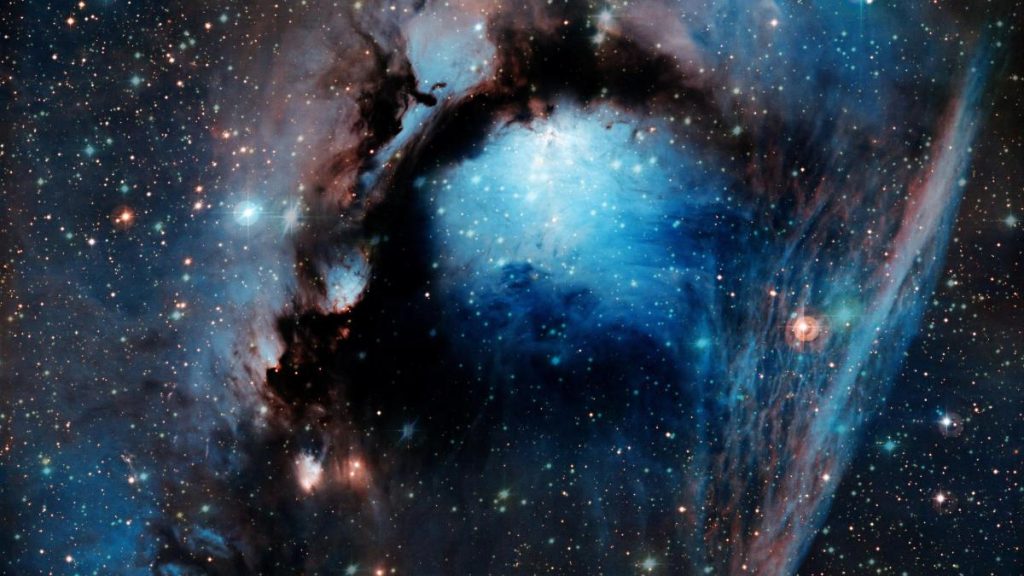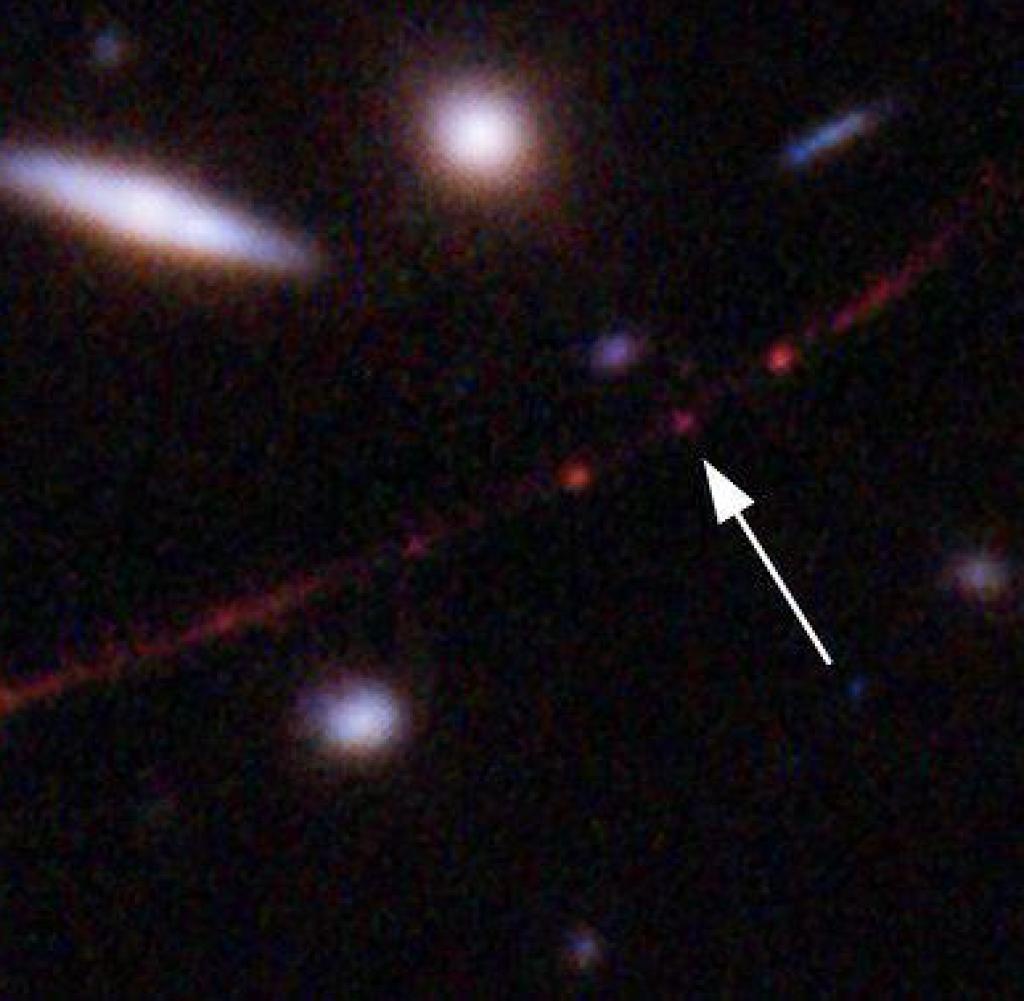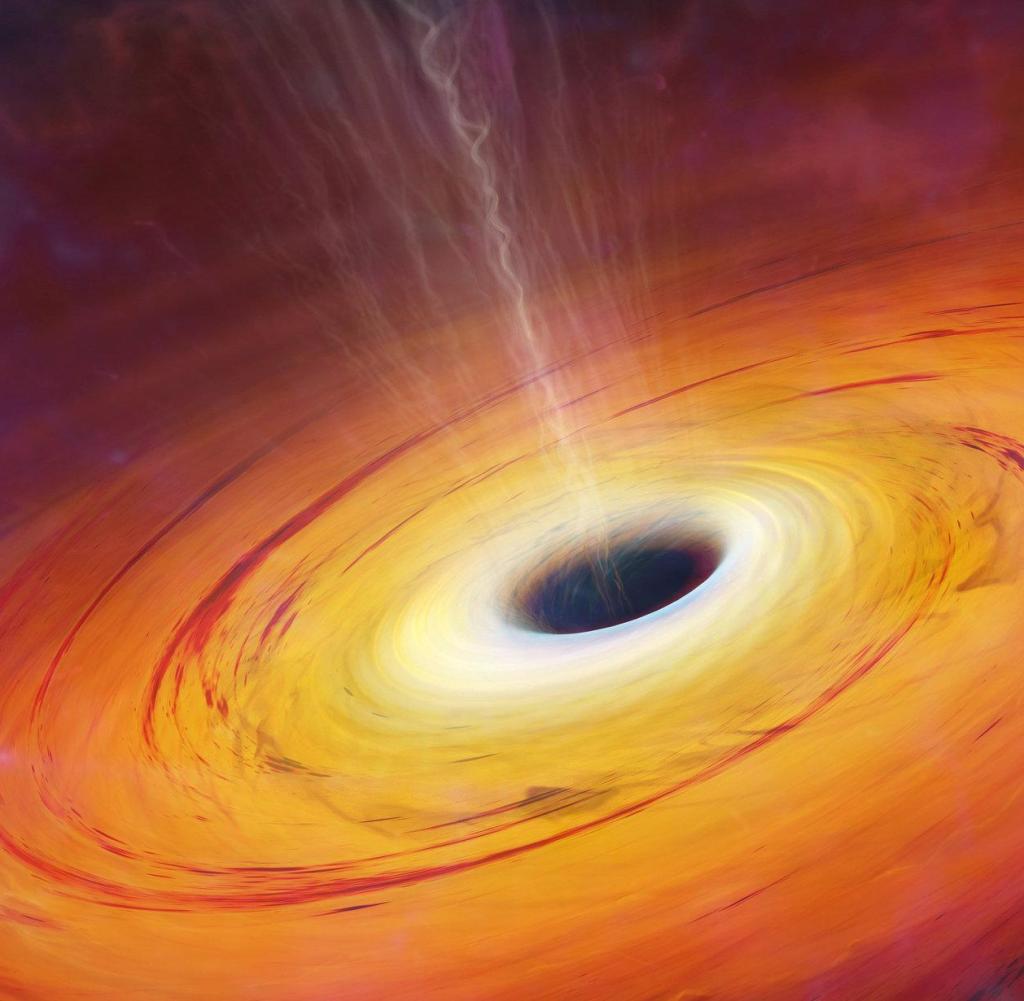What is this new type of starburst about?


Artist’s drawing of a galactic nebula with starbursts
Source: Photo Alliance / Zoonar
Until now, astronomers have known only about explosions of extremely high-energy stars. After a serendipitous discovery, they first described the so-called micronova. They challenge the understanding of thermonuclear explosions.
“Micronova” sounds harmless, small, gentle. But don’t let this fool you. Because astronomers call it a newly discovered type of starburst. It was discovered by an international team of researchers by chance while searching for planets from distant stars.
Compared to supernovae, the newly investigated eruptions are already small. They only emit about one-thousandth the energy of regular supernovae – but by Earth standards, they’re still massive events: the amount of hydrogen burned is about 40,000 times the mass of Mount Everest. The researchers wrote in the journal “Nature” that the cause of these radioactive flashes are thermonuclear explosions at the poles of white dwarf stars.
“These events challenge our understanding of how stars experience thermonuclear explosions,” says Simon Scaringi of Durham University, UK. “We previously thought we knew, but this discovery reveals an entirely new mechanism.” Astronomers have known about nova explosions for centuries: some stars shine unusually frequently for several weeks.
These are white dwarfs – the last stages of the evolution of stars similar to our Sun, which have used up nuclear energy supplies and have shrunk to almost the size of the Earth.
space theft
If such a compact white dwarf forms a double system with an ordinary star, it can use its gravity to snatch matter — especially hydrogen — from the partner star.
If enough hydrogen accumulates on the surface of the white dwarf, a thermonuclear reaction occurs, the fusion of hydrogen into helium, which explosively spreads over the entire surface of the dwarf star: the star shines as brightly as a nova.
but in data US space telescope TESSWhich specializes in searching for planets around other stars, researchers have encountered starbursts that cannot be explained by this model. Similar to supernovae, the brightness of the star here also increases, but not to the same extent and only for several hours. Scaringi and colleagues were able to identify a total of three such events in the TESS data.
Localized hydrogen fusion
It was already known that two of the affected stars were white dwarfs. Observations using the European Southern Observatory’s Very Large Telescope ESO In Chile the third object is also a white dwarf. So astronomers assumed that this was a phenomenon similar to that of brighter nova explosions. As the researchers’ observations show, microspheres occur on white dwarfs with strong magnetic fields. “This observation was crucial to the interpretation and discovery of micronova,” Scaringi says.
It is clear that these magnetic fields preferentially direct the shredded matter from the partner star to the magnetic poles of the white dwarf. “Hydrogen can be trapped at the base of magnetic poles,” explains co-author Paul Grote of Radboud University in the Netherlands. “As a result, nuclear fusion only occurs at these two poles. So we saw for the first time that hydrogen fusion can occur locally as well.”

“Total coffee aficionado. Travel buff. Music ninja. Bacon nerd. Beeraholic.”










More Stories
Coral Seeding: Artificial Insemination Makes Coral More Heat Tolerant
Fear, Anger, and Denial: How People Respond to Climate Change – Research
LKH Graz: Using radiation to combat heart arrhythmias